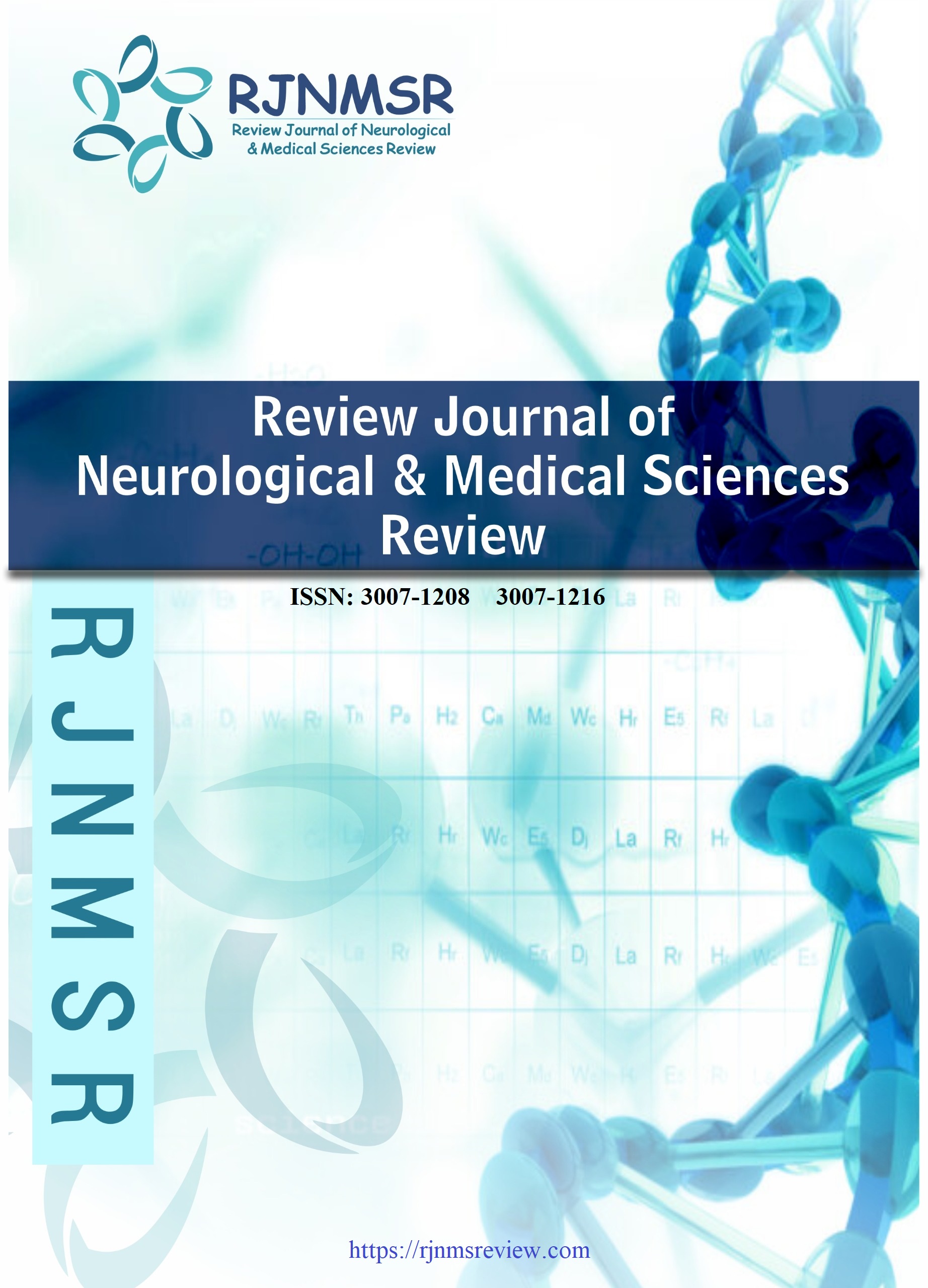Incidence And Risk Factors Of Surgical Site Infection Associated With Lumbar Spine Surgery In Upper Sindh
DOI:
https://doi.org/10.62019/mq1ey045Abstract
Surgical site infections (SSIs) are a serious complication of lumbar spine surgery. This prospective study evaluated 600 adults undergoing lumbar spine procedures at a tertiary hospital in Upper Sindh (Jan 2018–Dec 2024). We determined the SSI incidence and analyzed patient and surgical factors associated with infection. Overall SSI incidence was 7.5% (45/600). Patients with SSIs were significantly older and had higher rates of obesity (BMI≥30), diabetes, and smoking. Univariate analysis showed that age, obesity, diabetes, smoking, longer operative time, and greater blood loss were associated with SSIs. Multivariate logistic regression identified the following independent risk factors: advanced age (OR=1.03 per year, 95% CI 1.01–1.05), obesity (OR=2.50, 95% CI 1.30–4.80), diabetes (OR=2.40, 95% CI 1.30–4.50), smoking (OR=2.10, 95% CI 1.10–4.20), increased operative time (OR=1.50 per hour, 95% CI 1.20–1.90), higher intraoperative blood loss (OR=1.002 per mL, 95% CI 1.001–1.003), and use of spinal implants (OR=3.00, 95% CI 1.20–7.50). These findings point out that modifiable patient factors (weight, glycemic control, smoking) and perioperative management (minimizing surgery duration and blood loss) are critical to reducing SSI risk. Interventions targeting these factors may improve outcomes.
Keywords: surgical site infection; lumbar spine surgery; risk factors; incidence; prospective study

